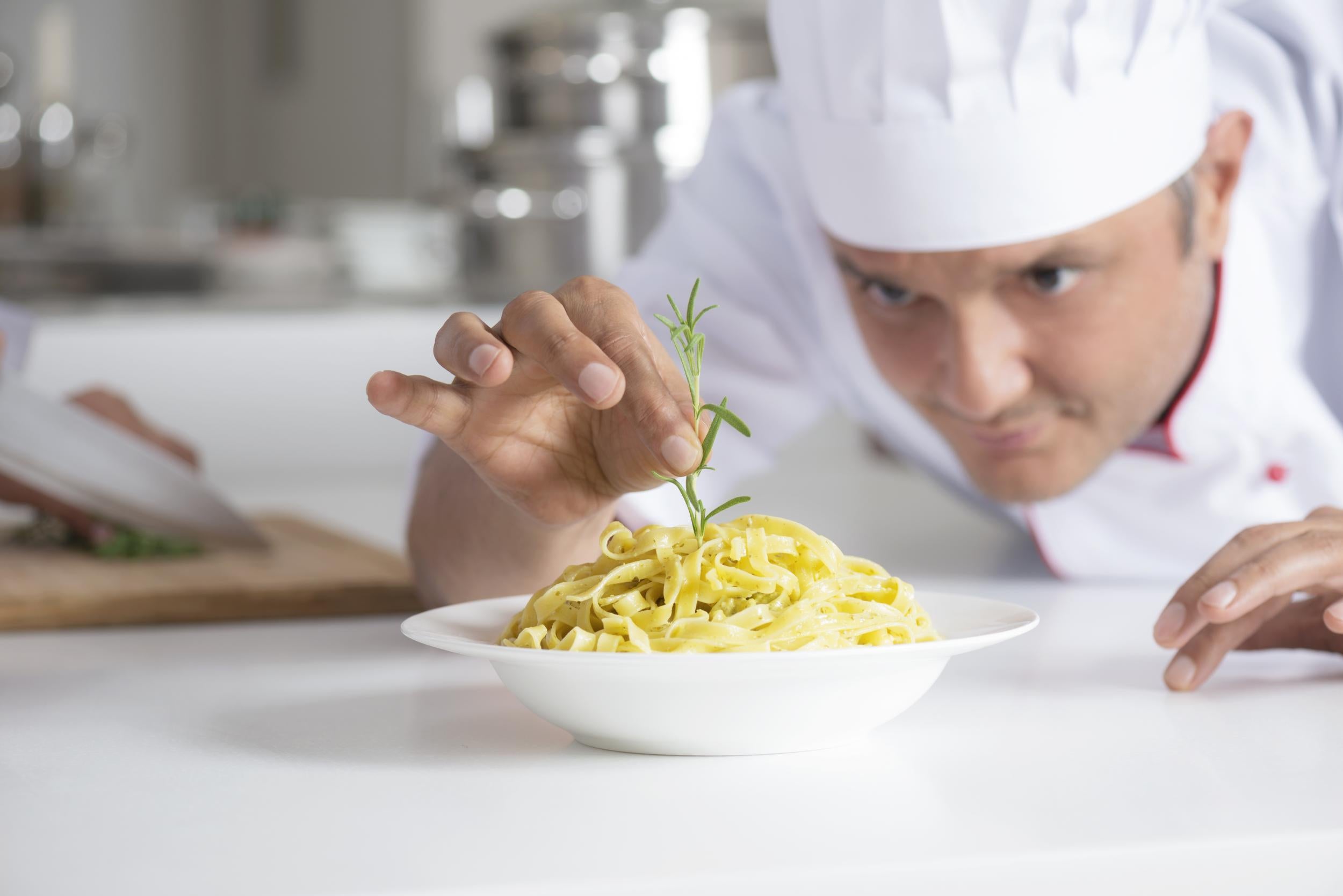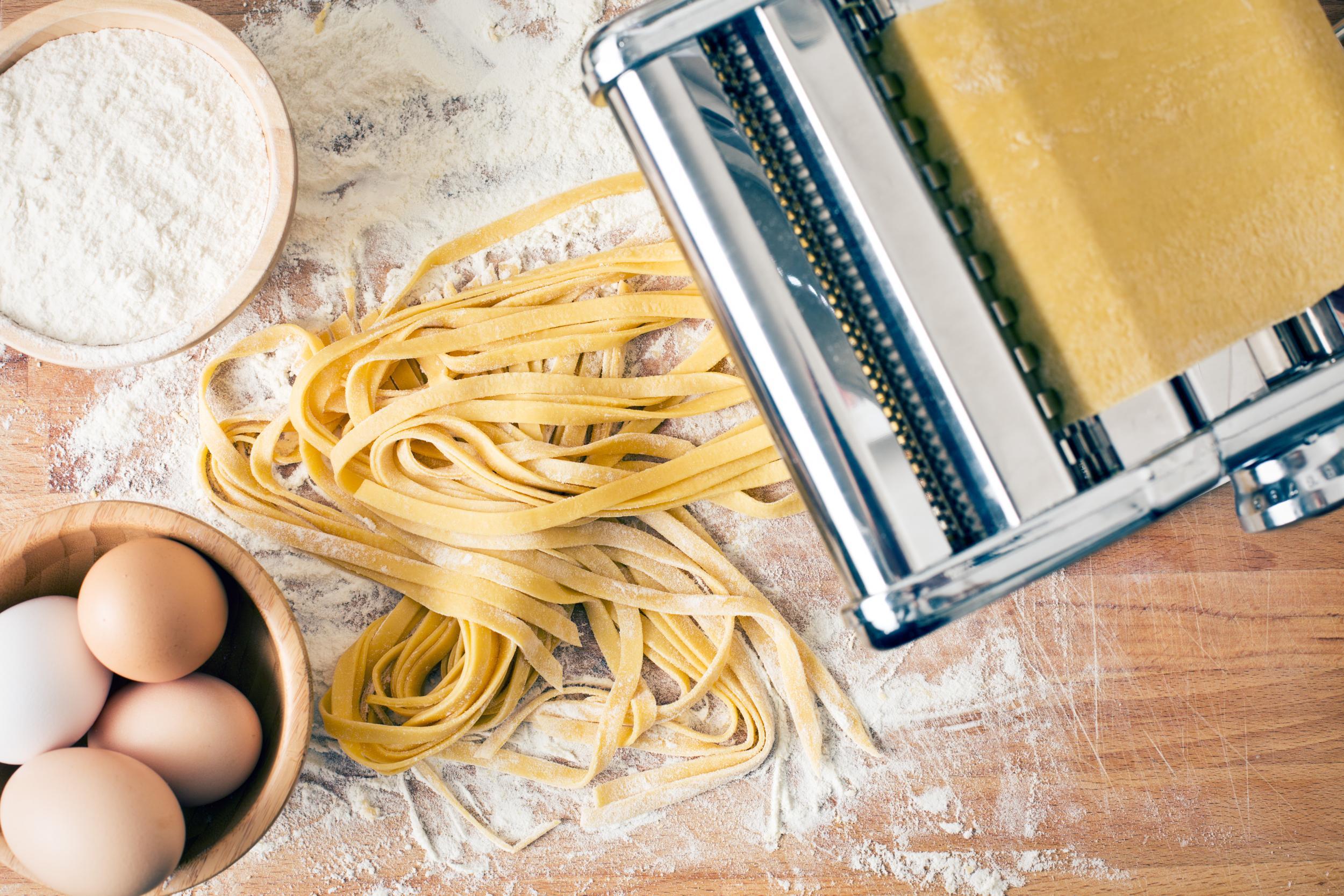This is why you should always buy expensive pasta, according to an Italian chef
The quality of the meal depends on the quality of the ingredients

Your support helps us to tell the story
From reproductive rights to climate change to Big Tech, The Independent is on the ground when the story is developing. Whether it's investigating the financials of Elon Musk's pro-Trump PAC or producing our latest documentary, 'The A Word', which shines a light on the American women fighting for reproductive rights, we know how important it is to parse out the facts from the messaging.
At such a critical moment in US history, we need reporters on the ground. Your donation allows us to keep sending journalists to speak to both sides of the story.
The Independent is trusted by Americans across the entire political spectrum. And unlike many other quality news outlets, we choose not to lock Americans out of our reporting and analysis with paywalls. We believe quality journalism should be available to everyone, paid for by those who can afford it.
Your support makes all the difference.Most people know that cooking Italian food at home successfully largely depends on using the freshest ingredients.
Whether it is using a homemade sauce, or fresh-picked basil from the garden, the quality of each component is integral to making the meal taste like it came from a restaurant.
However, there is one step that home chefs often overlook when whipping up their favourite carb-heavy dish - and it can jeopardise the entire meal.
As the backbone of the meal, how the pasta was produced plays a huge role in bringing the dish together - and cheap pasta just won’t cut it.
According to a New York City Italian chef, it is because the texture is all wrong.
Lou Tomczak, chef at Beebe’s, told The Independent: “More expensive pasta is made with higher quality flour and often extruded through brass and bronze pieces, which makes the texture rough.”
While a rough texture doesn’t necessarily sound like a good thing, it comes in handy for dishes that require a lot of sauce.

“The rough texture is better for holding onto sauces,” Tomczak told us.
The brass and bronze tools used to turn out the pasta shapes are the reason - as it is the same method used for creating pasta in Italy, according to Epicurious.
With mass-produced pasta, the pasta is extruded through machines created to do the job quickly, so the penne and rigatoni come out uniformly smooth.

Although the commercial pasta may cost less in the grocery store, the texture will ultimately leave you wanting as the sauce fails to flavour the overly-mushy tortellini.
To create the perfect Italian pasta dish, splurging for a higher-quality pasta will ensure that the sauce and the pasta flavours marry - transforming even the simplest of spaghetti dishes.
As Tomczak told us: "If it's made with high quality ingredients and love, it generally tastes pretty awesome."
Join our commenting forum
Join thought-provoking conversations, follow other Independent readers and see their replies
Comments